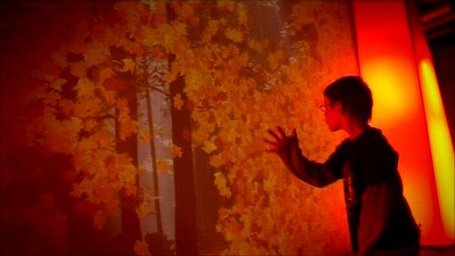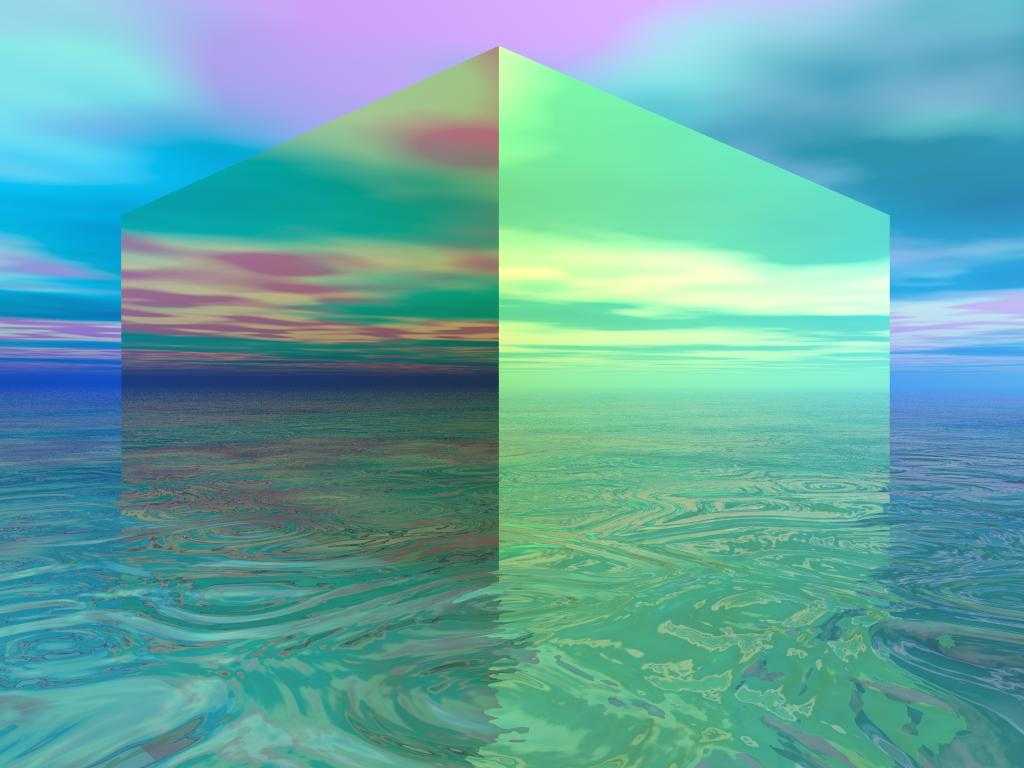Source(google.com.pk)
Wallpapers Biography
Wallpaper (also desktop picture and desktop background) is an image used as a background of a graphical user interface on a computer screen or mobile communications device. On a computer it is usually for the desktop, while for a mobile phone it is usually the background for the 'home' or 'idle' screen. Though most devices comes with a default picture, users can usually change it to files of their choosing.[1]
"Wallpaper" is the term used in Microsoft Windows before Windows Vista (where it is called the Desktop "Background"), while Mac OS X calls it a "desktop picture" (previously, the term desktop pattern was used to refer to a small pattern that was repeated to fill the screen).
Contents [hide]
1 History
2 Live wallpaper
3 Dynamic backgrounds
3.1 In Mac OS X
3.2 In Windows 7
3.3 In GNOME
3.4 In Enlightenment
4 See also
5 References
6 External links
[edit]History
Original computer wallpaper pattern, as used in Xerox's Officetalk and Star; actual size.
The X Window System was one of the earliest systems to include support for an arbitrary image as wallpaper via the xsetroot program, which at least as early as the X10R3 release in 1985 could tile the screen with any solid color or any binary-image X BitMap file.[2] In 1989, a free software program called xgifroot was released that allowed an arbitrary color GIF image to be used as wallpaper,[3] and in the same year the free xloadimage program was released which could display a variety of image formats (including color images in Sun Rasterfile format) as the desktop background.[4] Subsequently a number of programs were released that added wallpaper support for additional image formats and other features, such as the xpmroot program (released in 1993 as part of fvwm[5]) and the xv software (released in 1994).
The original Macintosh operating system only allowed a selection of 8×8-pixel binary-image tiled patterns; the ability to use small color patterns was added in System 5 in 1987.[6] MacOS 8 in 1997 was the first Macintosh version to include built-in support for using arbitrary images as desktop pictures, rather than small repeating patterns.[7]
Windows 3.0 in 1990 was the first version of Microsoft Windows to come with support for wallpaper customization, and used the term "wallpaper" for this feature.[8] Although Windows 3.0 only came with 7 small patterns (2 black-and-white and 5 16-color), the user could supply other images in the BMP file format with up to 8-bit color (although the system was theoretically capable of handling 24-bit color images, it did so by dithering them to an 8-bit palette).[9] In the same year, third-party freeware was available for the Macintosh[10] and OS/2[11] to provide similar wallpaper features otherwise lacking in those systems. A wallpaper feature was added in a beta release of OS/2 2.0 in 1991.[12]
[edit]Live wallpaper
A 'live wallpaper' is a type of application that works on a mobile device using the Android operating system. The application works as a wallpaper – providing the background image for the home screen—but also works as a conventional application since it can provide user-interaction with the touch screen (allowing the image to change dynamically, for example) and access other hardware and software features within the device (accelerometer, GPS, network access, etc.). [13]
Similar functionality could be found in the Active Desktop feature of Windows 98 and later versions. There is also third party software that provides this feature for various operating systems.












Wallpapers Biography
Wallpaper (also desktop picture and desktop background) is an image used as a background of a graphical user interface on a computer screen or mobile communications device. On a computer it is usually for the desktop, while for a mobile phone it is usually the background for the 'home' or 'idle' screen. Though most devices comes with a default picture, users can usually change it to files of their choosing.[1]
"Wallpaper" is the term used in Microsoft Windows before Windows Vista (where it is called the Desktop "Background"), while Mac OS X calls it a "desktop picture" (previously, the term desktop pattern was used to refer to a small pattern that was repeated to fill the screen).
Contents [hide]
1 History
2 Live wallpaper
3 Dynamic backgrounds
3.1 In Mac OS X
3.2 In Windows 7
3.3 In GNOME
3.4 In Enlightenment
4 See also
5 References
6 External links
[edit]History
Original computer wallpaper pattern, as used in Xerox's Officetalk and Star; actual size.
The X Window System was one of the earliest systems to include support for an arbitrary image as wallpaper via the xsetroot program, which at least as early as the X10R3 release in 1985 could tile the screen with any solid color or any binary-image X BitMap file.[2] In 1989, a free software program called xgifroot was released that allowed an arbitrary color GIF image to be used as wallpaper,[3] and in the same year the free xloadimage program was released which could display a variety of image formats (including color images in Sun Rasterfile format) as the desktop background.[4] Subsequently a number of programs were released that added wallpaper support for additional image formats and other features, such as the xpmroot program (released in 1993 as part of fvwm[5]) and the xv software (released in 1994).
The original Macintosh operating system only allowed a selection of 8×8-pixel binary-image tiled patterns; the ability to use small color patterns was added in System 5 in 1987.[6] MacOS 8 in 1997 was the first Macintosh version to include built-in support for using arbitrary images as desktop pictures, rather than small repeating patterns.[7]
Windows 3.0 in 1990 was the first version of Microsoft Windows to come with support for wallpaper customization, and used the term "wallpaper" for this feature.[8] Although Windows 3.0 only came with 7 small patterns (2 black-and-white and 5 16-color), the user could supply other images in the BMP file format with up to 8-bit color (although the system was theoretically capable of handling 24-bit color images, it did so by dithering them to an 8-bit palette).[9] In the same year, third-party freeware was available for the Macintosh[10] and OS/2[11] to provide similar wallpaper features otherwise lacking in those systems. A wallpaper feature was added in a beta release of OS/2 2.0 in 1991.[12]
[edit]Live wallpaper
A 'live wallpaper' is a type of application that works on a mobile device using the Android operating system. The application works as a wallpaper – providing the background image for the home screen—but also works as a conventional application since it can provide user-interaction with the touch screen (allowing the image to change dynamically, for example) and access other hardware and software features within the device (accelerometer, GPS, network access, etc.). [13]
Similar functionality could be found in the Active Desktop feature of Windows 98 and later versions. There is also third party software that provides this feature for various operating systems.
Wallpapers

Wallpapers

Wallpapers

Wallpapers

Wallpapers

Wallpapers

Wallpapers

Wallpapers

Wallpapers

Wallpapers

Wallpapers

Wallpapers

Wallpapers













































